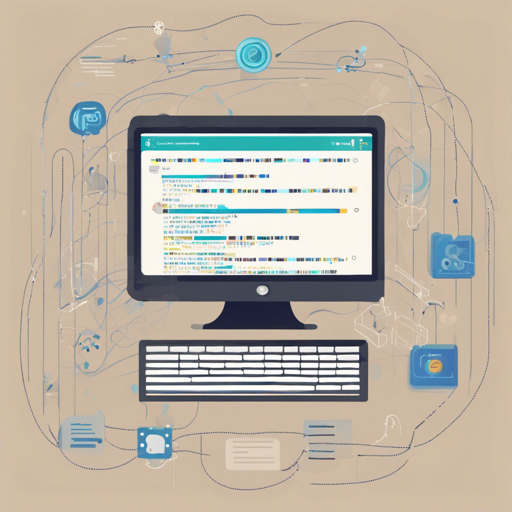Embarking on your journey into the world of machine learning? If you’ve picked up the *Python Machine Learning, 2nd Ed.* by Sebastian Raschka, you’re in for a treat! This blog post will guide you through the code repository, making it user-friendly and ensuring you get the most out of your learning experience.
Step-by-Step Guide to Accessing the Code
The code repository contains numerous resources that accompany the book, designed to enhance your understanding of machine learning techniques. Here’s how to access it:
- Visit the [GitHub Repository for Python Machine Learning, 2nd Ed.](https://github.com/rasbt/python-machine-learning-book-2nd-edition) to explore various chapters.
- To access the code materials for any chapter, simply click the open directory links next to the chapter headlines.
- Alternatively, you can view Jupyter notebooks directly by clicking the ipynb links corresponding to each chapter.
Why Use Jupyter Notebooks?
Jupyter notebooks are recommended for a better learning experience because:
- They provide a clear layout with images and headings for easy navigation.
- You can execute individual code snippets step-by-step, reinforcing your learning.
Understanding the Code with an Analogy
Imagine you’re building a complex structure, like a skyscraper. Each chapter in the repository represents a different floor of your building. Some floors (chapters) focus on foundational elements like Machine Learning basics and Data Pre-Processing, while others equip you with specific functionalities like Classification or Sentiment Analysis. Just as a builder requires precise blueprints and materials to construct a strong structure, you too will benefit from the detailed code examples and notebooks that provide the building blocks of machine learning.
1. Machine Learning - Giving Computers the Ability to Learn from Data
2. Training Machine Learning Algorithms for Classification
3. A Tour of Machine Learning Classifiers Using Scikit-Learn
...
14. Going Deeper: The Mechanics of TensorFlow
15. Classifying Images with Deep Convolutional Neural Networks
16. Modeling Sequential Data Using Recurrent Neural NetworksTroubleshooting Common Issues
If you encounter issues while navigating the repository or running code:
- Check that you have the right version of Python installed (Python 3.6 is required).
- Ensure all dependencies are correctly installed as outlined in the [README.md file of Chapter 1](https://github.com/rasbt/python-machine-learning-book-2nd-edition/blob/master/code/ch01/README.md).
- If code snippets produce errors, revisit the accompanying text in the book to ensure you’re not missing vital context or instructions.
For more insights, updates, or to collaborate on AI development projects, stay connected with fxis.ai.
What’s New in the Second Edition?
This edition offers enhancements in clarity, design, and updated methodologies. Here’s what’s new:
- Clearer explanations and removal of typographical errors from the first edition.
- Updated graphics and diagrams with a more professional aesthetic.
- New sections focusing on deep learning and addressing imbalanced datasets.
- Introduction to TensorFlow, replacing the older Theano framework.
By embracing these enhancements, you’re better equipped to tackle the challenges and opportunities within machine learning.
Final Thoughts
At fxis.ai, we believe that such advancements are crucial for the future of AI, as they enable more comprehensive and effective solutions. Our team is continually exploring new methodologies to push the envelope in artificial intelligence, ensuring that our clients benefit from the latest technological innovations.
Happy coding!

